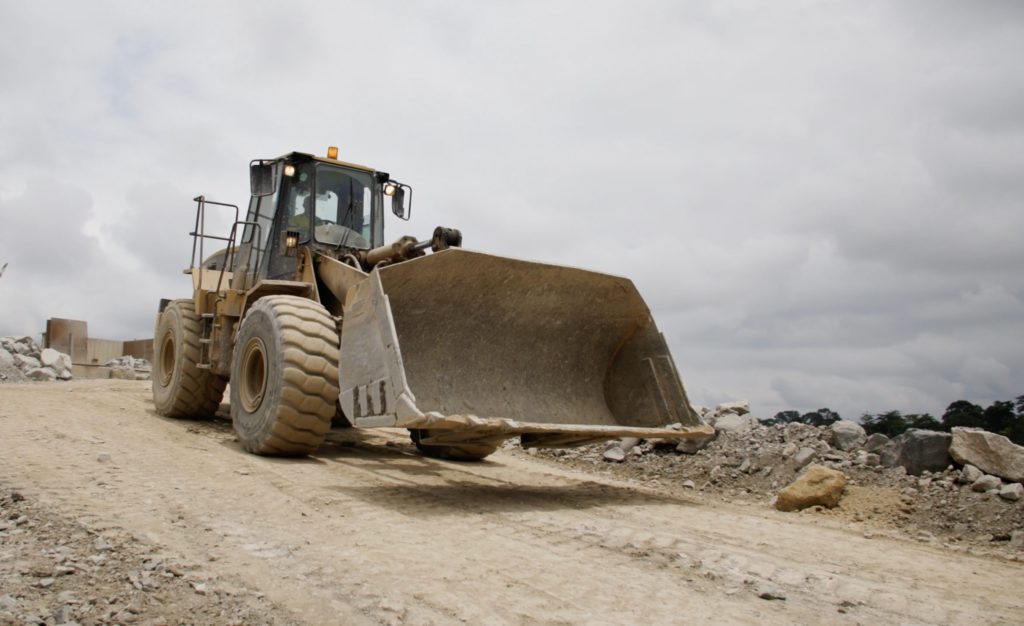
Galiano Gold (TSX: GAU; NYSE: GAU) says it’s found a new high-grade zone below the Abore pit at the Asanko gold mine in Ghana that it operates in a joint venture with Gold Fields (NYSE: GFI; JSE: GFI).
Infill drilling over 84 holes for 22,470 metres in the southern part of the deposit produced better-than-expected results across Abore’s 1.6-km strike length, the company said after North American markets closed Monday. They’re among the best ever at Asanko, it said.
Highlights include four holes over 120 metres of strike length: hole ABPC23-224 cut 45 metres grading 12.4 grams gold per tonne from 191 metres depth; hole ABPC23-226 intercepted 37 metres at 10.6 grams from 199 metres; hole ABPC23-239 returned 54 metres at 3.3 grams from 207 metres; and hole ABPC23-228 cut 41 metres grading 3.3 grams from 191 metres depth.
The new zone will help Galiano convert inferred resources below the pit shell to the indicated category and evaluate the potential to expand the pit. The company plans to update Abore resource and reserve estimates and provide 2024 production and cost guidance after drilling is completed in April.
“The results of this program are expected to affect the size and geometry of the Abore reserve pit,” Matt Badylak, Galiano’s president and CEO, said in a release. “The impact this will have on mineral reserves and ore delivery in 2024 is currently being evaluated through pit optimization and redesign.”
Raj Ray, a mining analyst at BMO Capital Markets, called Galiano’s drill report a “slight positive” in a note published early on Tuesday.
Abore has 12.8 measured and indicated tonnes grading 1.2 grams for 477,000 oz. contained metal and 3.6 inferred tonnes at 1.2 grams for 131,000 oz. gold, according to a 2022 feasibility study. The report envisioned extending Asanko by 8.5 years and more than doubling last year’s output of 134,000 oz. to 250,000 oz. starting next year.
Asanko has four main open-pit mining areas – Abore, Miradani North, Nkran and Esaase. Gold Fields said last year it’s considering selling its share of the asset, the company’s smallest in Ghana.
Galliano is drilling more to determine the extent of the new mineralization. The zone is mainly in Abore’s granite and is characterized by significant hydrothermal alteration and high-density quartz veining, the company said. It is open along strike in both directions and is untested at depth.
The drill program also found more mineralization across Abore. Hole ABPC23-246 cut 18 metres grading 8.2 grams from 172 metres; hole ABPC23-259 returned 24 metres at 5.4 grams from 263 metres; and hole ABPC23-223 cut 27 metres at 4.2 grams from 246 metres.
Abore is located directly on the mine’s haul road about 13 km north of the site’s processing plant. The deposit sits along the Esaase shear corridor, which also hosts the Esaase deposit, and forms part of the northeast striking Asankrangwa gold belt.
“These excellent results demonstrate that Abore has significant upside potential beyond the current reserves,” Chris Pettman, Galiano’s vice-president of exploration, said in the release. “Seeing significant intervals of high-grade gold along the entire 1,600 metre strike length of the deposit, and the discovery of the new high-grade south zone, gives us confidence that Abore will continue to grow.”
Galiano shares traded down around 3% at $1.15 apiece on Tuesday morning in New York for a $259 million market cap. The stock has traded in a 12-month range of $0.48 and $1.19.